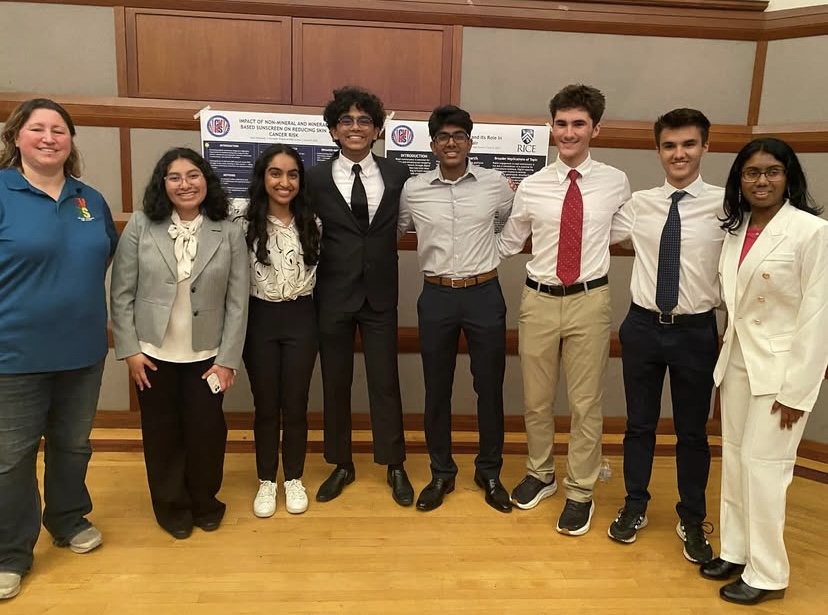On Monday, the moon obscured the sun, drawing a path of totality across North America. Starting in the Pacific Ocean, the path of totality made landfall at Mazatlan, Mexico, then trailed northeast over Mexico, the U.S., and Canada before diving into the Atlantic off Newfoundland. It promised to be a magnificent view, as the sun is nearing the maximum of its 11-year solar cycle, meaning the corona of gas and plasma that trails off its surface was especially long when visible in a dark sky.
Houston itself didn’t see the eclipse’s full glory. We saw the sun 94.2 percent covered, and while the clouds split a little to let us see the crescent sun, that 5.8 percent wasn’t small enough for night to fall, even if it felt like dusk outside as the moon moved over the sun at 1:40 p.m.
A couple of major Texan cities were in the path of totality: San Antonio, Dallas, and Austin. Austin, in particular, expected a wave of tourists and hotel occupancy, and Dallas hosted about 12,000 people in the Cotton Bowl Stadium at a NASA-hosted event. More rural areas weren’t left behind by the tourist wave coming to Texas, predicted to be the biggest among all the states in the path of totality. Along the highways, we saw signs flashing “NO STOPPING ON HIGHWAY TO VIEW ECLIPSE” and “ARRIVE EARLY-STAY PUT-LEAVE LATE.”
50 Central Texas school districts closed so that students and parents didn’t have to contend with traffic and the distractions of the darkening sun. Both Travis and Bell Counties, where residents were being advised to handle essential business like grocery shopping and doctors’ appointments on other days, issued preemptive disaster declarations, requiring that the county be alerted to large gatherings of people to help organize first responders. Data on the exact numbers of visitors and money spent during eclipse weekend is still to be collected, but it’s expected to be high.
While Texas got the lion’s share of tourists, with people coming from California and New York, eclipse events were planned for locations throughout the path of totality. Congratulations to the 200 couples married under the daytime darkness at the “Total Eclipse of the Heart” festival in Russellville, Arkansas.







